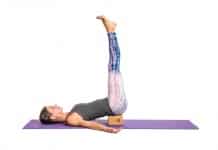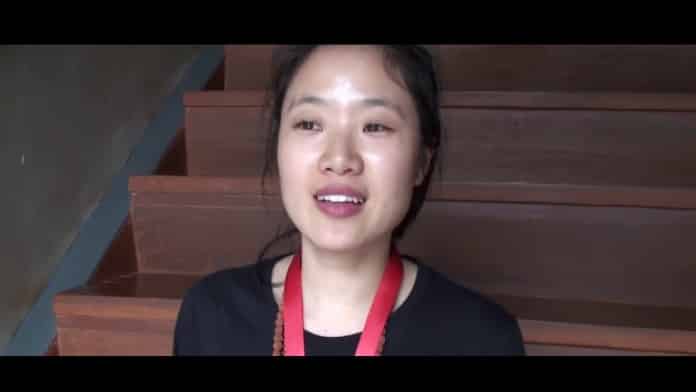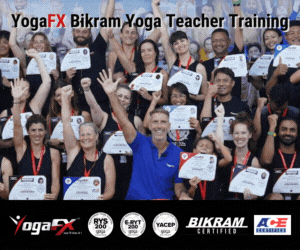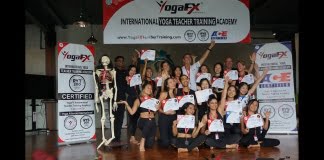Have you ever think, how you can find the best yoga instructor schools at this moment?
With the massive surge of people becoming certified yoga teachers, it’s no surprise that you’re curious about what it entails. If you’re looking to deepen your own practice (like Brandon), learn more about yogic philosophy, or have a sincere desire to teach others, then yoga instructor schools suit you best.
If you’re still undecided, here are 5 signs you’re ready for teacher training.
With the influx of training offered all over the world, choosing training can be a daunting task. As this experience is a serious investment financially and otherwise, it deserves mindful consideration and research before enrollment.
In essence, the goal of this article is to help you find the best yoga instructor schools for you.
Choosing The Right Instructor(s)
200 hours, even spread out over the course of a year, is a lot of time to spend with someone. In addition to the time commitment, yoga teacher training can induce some pretty intense emotions and energy. You’ll want to be certain you feel confident and comfortable under the guidance of your chosen instructor.
Is this someone you’ve learned and studied from previously? I highly encourage taking multiple classes from the teacher you’re considering training with before making up your mind.
Is their style something that resonates? How long have they been teaching? How many trainings have they run? Do you feel a strong connection to them? If you can answer these questions with raging positivity, then I think you have found your person.
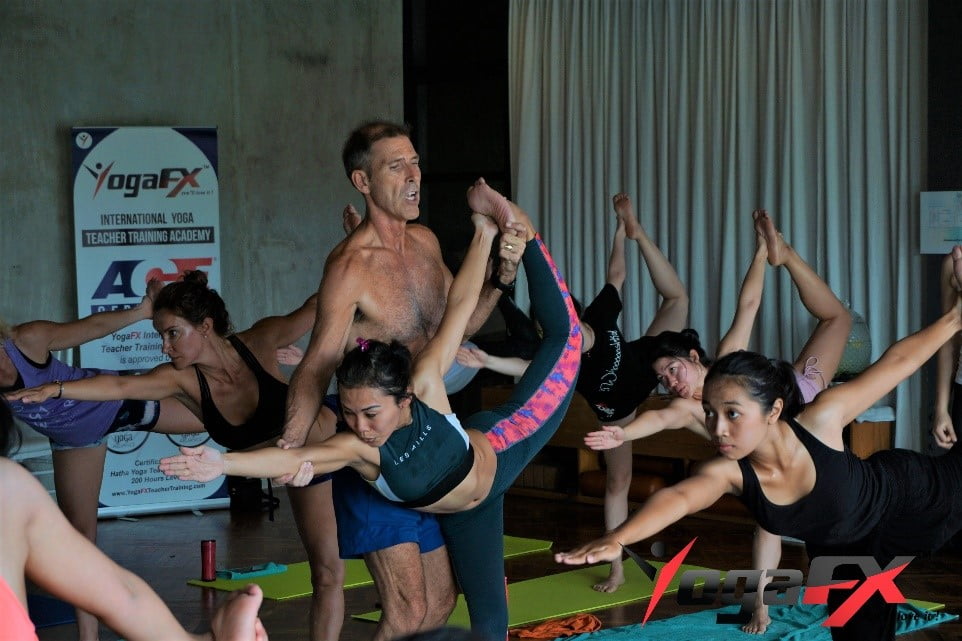
How Many Students Will Be In Your Class?
Did we mention that 200 hours is a lot of time to spend with someone? In your research, find out what the capacity is for the training. This can vary greatly from program to program. If you already know you prefer more intimate settings, this will naturally eliminate some training from your radar.
In our experience, my first training (10 weeks) was with 30 people and my second was with 10 people (4 weeks). If I were to change anything, I’d prefer a longer training (10+ weeks) with a smaller class size (8-12 people). I see benefits to both class sizes, but the smaller class size does allow for more personal guidance from the instructor(s).
Smaller class sizes also allow for more intimate connections to your fellow teacher trainers.
Larger training offers the opportunity to connect with more like-minded people.
Is Your Training Certified By The Yoga Alliance?
Yoga Alliance provides a framework required for every Registered Yoga School (RYS) to follow to be able to lead 200-hour Yoga Teacher Training (YTT). It also provides insurance, resources, and other benefits if you’re a paying member.
Many studios require that you receive your certification from a Yoga Alliance RYS. Most programs will tell you straight away that they are part of Yoga Alliance but confirm this before committing.
Yoga Alliance has the following requirements for 200-hour programs:
- Asana/Alignment
- Anatomy
- Sequencing
- Philosophy
- Prop use and modifications
- Hands-on adjustments
- Teaching practice
- Meditation

What Is The Cost Of Your Training
This is one of the important things in choosing the best yoga instructor schools
Yoga Teacher Training is not cheap. It doesn’t matter how long or short the course is, it’s still going to cost you. Your yoga teacher training cost can range from $2,000 – $5,000+ depending on many factors such as on-site or off-site housing, meal plan, guest teachers, materials, special workshops, a business of yoga training, etc.
If you’re traveling for training, be sure you know exactly what’s included (accommodation, meals, materials, etc.).
What do you place a high value on? What exactly are you looking to extract from this experience? Will be at home or away help you get what you want?
TIP: Many programs offer payment plans if you need them! Just ask!
What Type Of Content Are You Looking For?
There are many types of yoga teacher training. If you’re researching a Yoga Alliance accredited school (a good idea), your training requirements will be broken down into the following categories:
Techniques, Training and Practice, Teaching Methodology, Anatomy & Physiology, Yoga Philosophy, Lifestyle and Ethics, Practicum, Remaining Contact, and Elective Hours.
The school you choose may provide more emphasis within those categories to specific elements of yoga and yoga-related topics. If you want to be certain you’ll just be learning one specific style of yoga (Iyengar, Jivamukti, Yin, Vinyasa, etc.), be sure to select training focused on that style. Or ask the teacher training leads if that style will be covered.
For reference, the more “corporate training” usually focuses on getting you ready to teach (at their studio) as quickly as possible. This means you’ll spend more time learning how to teach and less time on other topics such as pranayama, philosophy, anatomy, etc. For many people, this is the right approach. Bonus points for this style of YTT are you’ll have a good chance at getting hired by them once you graduate.
On the other hand, some training has a heavier focus on philosophy (which may be unique to their specific style), and less on teaching. Are you looking to get a teaching job right away or simply want to understand more about philosophy? Knowing this will help guide your decision-making process.
We hope you can choose the best yoga instructor schools for yourself!
CLICK HERE For More Course Inclusions and Our June Main Event![]()






